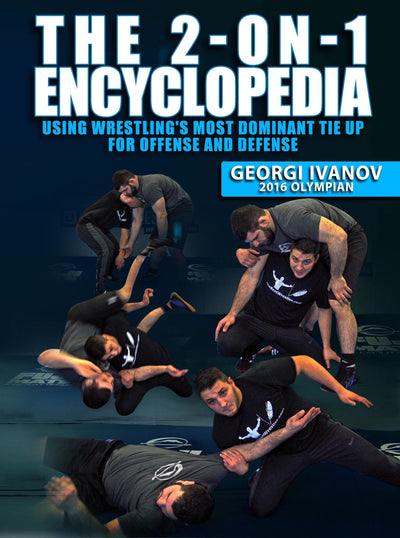GRECO ROMAN PASSIVITY
Greco-Roman wrestling, a captivating and ancient style of competitive wrestling, distinguishes itself through its exclusive focus on upper-body techniques. This historic discipline has produced legendary wrestlers, captivating audiences with its raw display of athleticism and skill. One crucial aspect that sets Greco-Roman wrestling apart is the concept of passivity, which plays a pivotal role in shaping the dynamics of matches.
Get the best Greco Roman Wrestling resources at FanaticWrestling.com!
Greco-Roman Wrestling
Greco-Roman wrestling traces its origins back to ancient civilizations, particularly ancient Greece and Rome. This style centers on throws, takedowns, and holds that originate from the upper body, prohibiting the use of legs for offensive maneuvers. Wrestlers engage in fierce contests of strength and technique, requiring immense physical prowess and strategic acumen.
Freestyle vs. Greco-Roman Wrestling
Freestyle wrestling and Greco-Roman wrestling are two of the most prominent styles practiced globally. While both require exceptional skill, they differ in terms of permissible techniques. In freestyle wrestling, athletes can attack both the upper and lower body, showcasing a broader range of offensive moves. In contrast, Greco-Roman wrestling focuses exclusively on upper-body techniques, making it a specialized style that emphasizes strength and control in that region.
The Best Greco-Roman Wrestlers
Throughout the annals of wrestling history, Greco-Roman wrestling has produced legendary figures who have risen to iconic status. Among these legendary wrestlers is Aleksandr Karelin of Russia, known as "The Russian Bear." Karelin's extraordinary strength and dominance earned him nine World Championship titles and three Olympic gold medals, cementing his place as one of the greatest wrestlers of all time. Other notable icons include Hamza Yerlikaya of Turkey and Rulon Gardner of the United States, who have also left an indelible mark on the sport.
Origin of Greco-Roman Wrestling
Greco-Roman wrestling's roots are deeply intertwined with ancient history, as it finds its origins in the wrestling traditions of ancient Greece and Rome. In ancient Greece, wrestling held tremendous cultural and sporting significance, with competitions featured in the ancient Olympic Games. Over time, this traditional form of wrestling evolved into the modern-day Greco-Roman wrestling that we witness today.
Differences between Greco-Roman, Freestyle, and Folkstyle Wrestling
In addition to Greco-Roman and freestyle wrestling, folkstyle wrestling is widely practiced, especially in the United States. Each style boasts its distinctive rules and scoring criteria, contributing to their uniqueness. Greco-Roman wrestling's focus on upper-body techniques sets it apart from the other styles, while freestyle wrestling allows for a more diverse range of offensive moves, including attacks on both the upper and lower body. Folkstyle wrestling, on the other hand, incorporates specific starting positions and unique scoring criteria that make it stand out within the realm of wrestling.
In conclusion, Greco-Roman wrestling is an awe-inspiring display of upper-body dominance, characterized by its storied history, exceptional athletes, and distinct set of rules. The concept of passivity adds an intriguing layer of strategy to matches, ensuring that wrestlers remain proactive in seeking opportunities to score. Whether in Greco-Roman, freestyle, or folkstyle wrestling, each style offers its own captivating spectacle of athleticism and skill, uniting athletes and fans alike in the timeless pursuit of excellence on the wrestling mat.
Get the best Greco Roman Wrestling resources at FanaticWrestling.com!
Did You Enjoy This Piece? Check out Other Wrestling Moves:
- Judo for Wrestling
- Olympic Wrestling Styles
- Attack Style Wrestling
- Heavyweight Wrestling Tips
- Passivity Wrestling
- Total Force Wrestling
- King's Road Style Wrestling
- Rules for Folkstyle Wrestling
- Pro Wrestling Styles
- Midget Wrestling
- Folkstyle Wrestling
- Huka Huka Wrestling
- Independent Wrestling
- Sambo Wrestling
- Strong Style Wrestling










